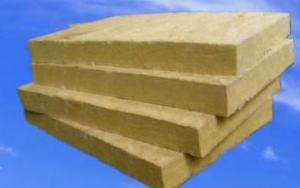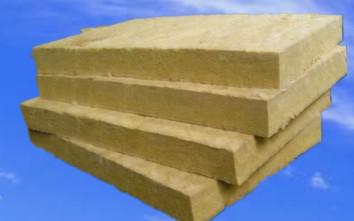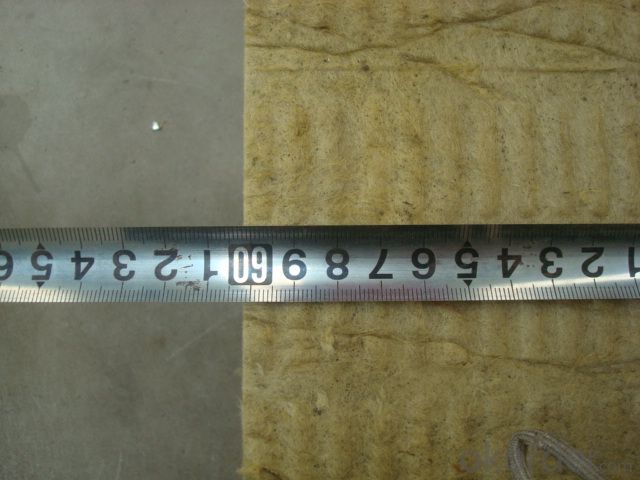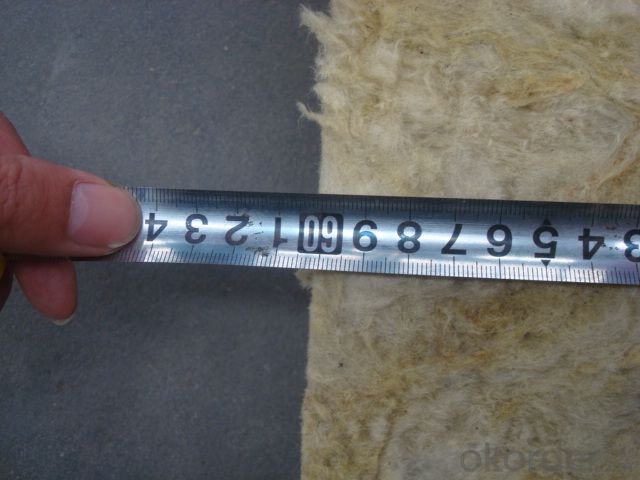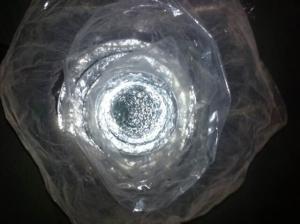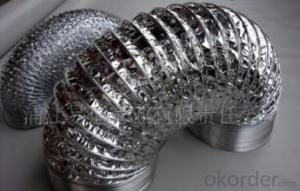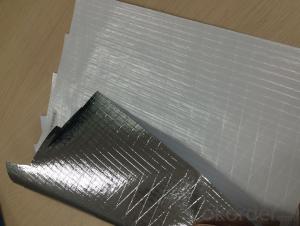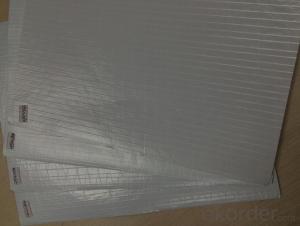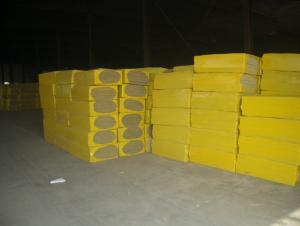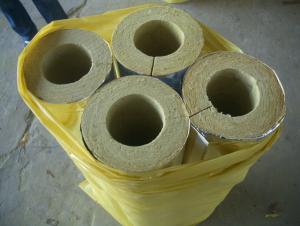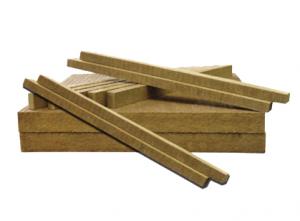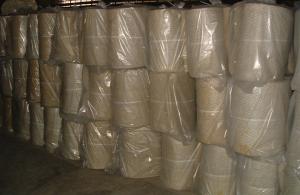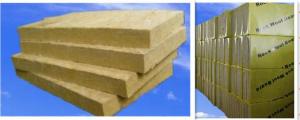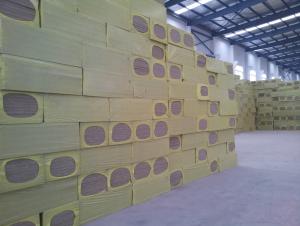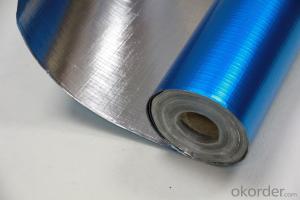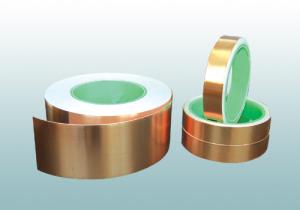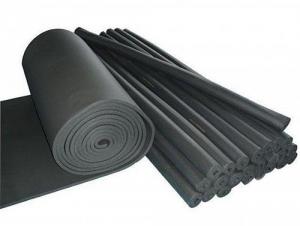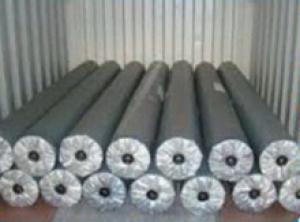Aluminum Foil Faced Good Quality Rock Wool Board for Thermal Insulation
- Loading Port:
- Qingdao
- Payment Terms:
- TT or LC
- Min Order Qty:
- 1 m²
- Supply Capability:
- 700 m²/month
OKorder Service Pledge
OKorder Financial Service
You Might Also Like
1. INTRODUCTION
CMAX ROCK WOOL are widely used in public, commercial an residential building as well as industrial plants, for applications such as roofing, external wall, partion wall and floating floor to provide fire protection, thermal insulation, acoustic control and condensation control.
2. FEATURES
● Thermal Insulation
● Fire Safety
● Acoustic Control
3. CMAX ROCK WOOL BLANKET & BOARD STANDARD SIZE
PRODUCT | BLANKET | BOARD |
Density(Kg/m3) | 60-100 | 40-200 |
Thickness(mm) | 30-150 | 30-100 |
Size:L*W(mm) | 1200*3000-6000 | 600*1200 |
Remark:
Other sizes are available unpon request. Facing materials can be applied unpon request.
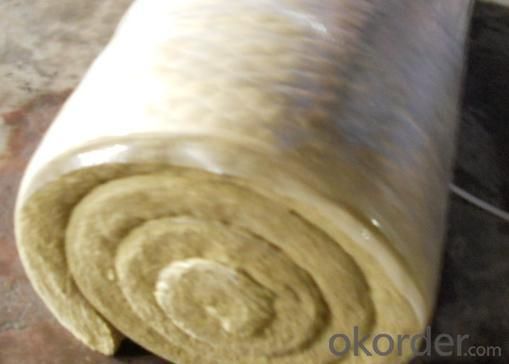
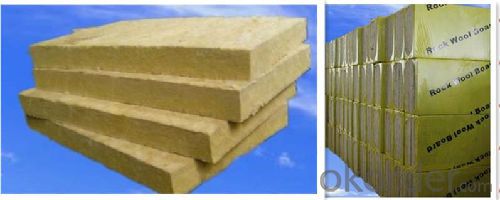
4. PRODUCTION THECHNOLOGY
CMAX rock wool is made from natural rocks such as basalt and limestone. The rocks are melted in a cupolaat temperature of >1450℃, and the molten lava is fiberized by a spinner. The inorganic fibers are bondedtogether using a thermosetting resin to form the final product which is cut into suitable sizes for easyhandling and installation.
5.FAQ:
We have organized several common questions for our clients,may help you sincerely:
①How about your company?
A world class manufacturer & supplier of castings forging in carbon steel and alloy steel,is one of the large-scale professional investment casting production bases in China,consisting of both casting foundry forging and machining factory. Annually more than 8000 tons Precision casting and forging parts are exported to markets in Europe,America and Japan. OEM casting and forging service available according to customer’s requirements.
②How to guarantee the quality of the products?
We have established the international advanced quality management system,every link from raw material to final product we have strict quality test;We resolutely put an end to unqualified products flowing into the market. At the same time, we will provide necessary follow-up service assurance.
- Q: What are the alternatives to using aluminum foil facing in various applications?
- <p>Yes, there are several substitutes for aluminum foil facing. These include: 1) Heavy-duty aluminum foil, which can be used for a more durable barrier. 2) Parchment paper, which is great for baking and resists tearing. 3) Silicone baking mats, reusable and non-stick. 4) Wax paper, useful for wrapping and storage but not for high heat. 5) Plastic wrap, suitable for food storage but not for cooking. 6) Tin foil, a cheaper alternative but less heat resistant. Always consider the specific needs of your application when choosing a substitute.</p>
- Q: What specific cleaning procedures should be followed after using aluminum foil facing?
- <p>After using aluminum foil facing, there are a few special cleaning methods to consider. First, remove any leftover food or debris from the surface. If it's a reusable aluminum foil facing, gently wash it with warm soapy water and a soft sponge, avoiding abrasive materials that could scratch the surface. Rinse thoroughly and dry completely to prevent rust. For disposable foil, simply dispose of it according to local waste management guidelines. Avoid using harsh chemicals or extreme heat as they can damage the aluminum foil facing. Regular maintenance will ensure the longevity and hygiene of your aluminum foil facing.</p>
- Q: Is it safe and practical to reuse plastic food wrap materials after cleaning them?
- <p>Reusing food wrap materials after washing them is generally not recommended. Plastic wraps can lose their effectiveness as barriers against bacteria and air after one use. Washing them can also introduce bacteria and may not fully remove any residual food particles. For food safety and hygiene, it's better to use new, clean wraps each time.</p>
- Q: The user is asking if they can use paper plates and plastic utensils as an alternative to aluminum foil for their next meal.
- <p>Yes, you can use paper plates and plastic utensils instead of aluminum foil for your next meal. Paper plates are a great alternative for serving food and can be easily disposed of after use. Plastic utensils are also a convenient option, especially for outdoor meals or when you want to avoid washing dishes. However, it's important to consider the environmental impact of using disposable items. If you're concerned about sustainability, consider reusable options or biodegradable alternatives to minimize waste.</p>
- Q: Is it safe to reuse aluminum foil for food packaging purposes?
- <p>While it may be tempting to reuse aluminum foil for food packaging, it is generally not recommended due to hygiene and safety concerns. Recycled aluminum foil can harbor bacteria and other contaminants, which can be transferred to the food. Additionally, the foil can tear easily when reused, leading to potential food waste. It's best to use fresh aluminum foil each time to ensure food safety and maintain the integrity of your packaging.</p>
- Q: Is it safe and hygienic to repurpose a piece of aluminum foil that was previously used for wrapping food?
- <p>It is generally not recommended to reuse aluminum foil that has been in contact with food. Used foil can have residues of food, grease, and bacteria, which can contaminate new food items. Additionally, the foil can tear or become thin in areas, reducing its effectiveness and potentially allowing food to stick to previously used, contaminated areas. For椋熷搧瀹夊叏 and hygiene, it's best to use a fresh piece of aluminum foil each time.</p>
- Q: Is it safe and effective to use aluminum foil facing for baking purposes?
- <p>Yes, you can use aluminum foil facing for baking. It's a common practice to line baking sheets with aluminum foil to prevent food from sticking and to make cleanup easier. However, ensure the foil does not come into direct contact with the heating elements of the oven as it can melt. Additionally, avoid wrapping food in aluminum foil for extended baking times at high temperatures, as it may lead to uneven cooking or potential health concerns from aluminum leaching into the food.</p>
- Q: Is it possible to use aluminum foil as a baking surface? If yes, what kinds of foods are suitable for baking with aluminum foil?
- <p>Yes, aluminum foil can be used for baking. It's particularly useful for foods that require even heat distribution or need to be shielded from direct heat, such as delicate pastries, fish, or vegetables. It can also be used to prevent food from sticking to the baking sheet or to catch any drips, making cleanup easier. However, it's important to note that some foods, especially those with a high sugar content, can burn if they come into direct contact with the foil, so it's best to use it with a light layer of oil or parchment paper underneath.</p>
- Q: Does using aluminum foil facing have any positive effects on health when baking bread?
- <p>Using aluminum foil facing when baking bread does not directly provide health benefits. However, it can help in achieving a more even bake and a better crust, which may enhance the overall quality of the bread. Aluminum foil facing can also prevent bread from burning by reflecting heat away from the bread's surface. While this doesn't impact health, it can improve the bread's taste and texture, which might indirectly contribute to a more enjoyable eating experience and potentially encourage healthier food choices.</p>
- Q: This question asks for the proper cleaning method for aluminum foil facing after it has been used.
- <p>To clean aluminum foil facing after use, first let it cool down to avoid burns. Then, gently scrape off any food residue with a plastic scraper or the edge of a credit card. Avoid using metal scrapers as they can scratch the surface. Wipe the surface with a damp cloth and mild dish soap to remove any grease or grime. Rinse with warm water and dry thoroughly. For stubborn stains, you can use a mixture of baking soda and water to create a paste, apply it to the stain, let it sit for a few minutes, then scrub gently and rinse. Always check the manufacturer's instructions for any specific care requirements.</p>
Send your message to us
Aluminum Foil Faced Good Quality Rock Wool Board for Thermal Insulation
- Loading Port:
- Qingdao
- Payment Terms:
- TT or LC
- Min Order Qty:
- 1 m²
- Supply Capability:
- 700 m²/month
OKorder Service Pledge
OKorder Financial Service
Similar products
Hot products
Hot Searches
Related keywords
